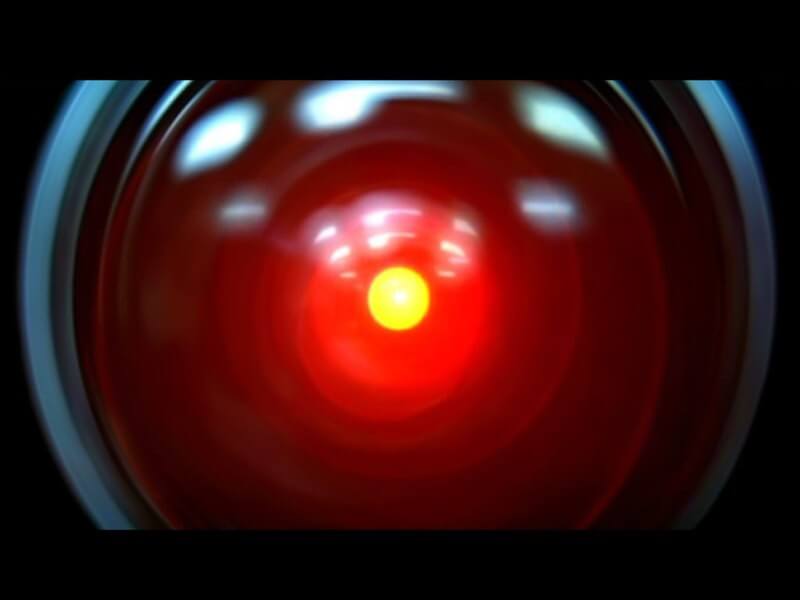Researchers at Washington State University have used a super-cold cloud of atoms that behaves like a single atom to see a phenomenon predicted 60 years ago and witnessed only once since.
The phenomenon takes place in the seemingly otherworldly realm of quantum physics and opens a new experimental path to potentially powerful quantum computing.
Working out of a lab in WSU’s Webster Hall, physicist Peter Engels and his colleagues cooled about one million atoms of rubidium to 100 billionths of a degree above absolute zero. There was no colder place in the universe, said Engels, unless someone was doing a similar experiment elsewhere on Earth or on another planet.
At that point, the cluster of atoms formed a Bose-Einstein condensate – a rare physical state predicted by Albert Einstein and Indian theorist Satyendra Nath Bose – after undergoing a phase change similar to a gas becoming a liquid or a liquid becoming a solid. Once the atoms acted in unison, they could be induced to exhibit coherent “superradiant” behavior predicted by Princeton University physicist Robert Dicke in 1954.
“This large group of atoms does not behave like a bunch of balls in a bucket,” said Engels. “It behaves as one big super-atom. Therefore it magnifies the effects of quantum mechanics.”
Engels’ findings appear in the journal Nature Communications. Co-author and collaborator Chuanwei Zhang, a former WSU physicist now at the University of Texas at Dallas, led the theoretical aspects of the work.
Funders include the National Science Foundation, the Army Research Office and the Defense Advanced Research Projects Agency, the cutting-edge research agency known as DARPA.
Researchers using these super-cold dilute gases have created the superradiant state in only one other situation, said Engels, using a far more complicated experiment involving coupling to photon fields. Because the coupling of atoms and photons is usually very weak, their behavior was extremely hard to observe, he said.
“What our colleague Chuanwei Zhang realized is, if you replaced the light with the motion of the particles, you got exactly the same physics,” said Engels. Moreover, it’s easier to observe. So while their cloud of atoms measures less than half a millimeter across, it is large enough to be photographed and measured. This gives experimenters a key tool for testing assumptions and changes in the atomic realm of quantum physics.
“We have found an implementation of the system that allows us to go in the lab and actually test the predictions of the Dicke model, and some extensions of it as well, in a system that is not nearly as complicated as people always thought it has to be for the Dicke physics,” Engels said.
Ordinary physical properties change so dramatically in quantum mechanics that it can seem like a drawing by M.C. Escher. Photons can be both waves and particles. A particle can go through two spaces at the same time and, paradoxically, interfere with itself. Electrons can be oriented up or down at the same time.
This concurrent duality can be exploited by quantum computing. So where a conventional computer uses 1s and 0s to make calculations, the fundamental units of a quantum computer could be 1s and 0s at the same time. As Wired magazine (http://www.wired.com/2014/05/quantum-computing/#x) recently noted, “It’s a mind-bending, late-night-in-the-dorm-room concept that lets a quantum computer calculate at ridiculously fast speeds.”


